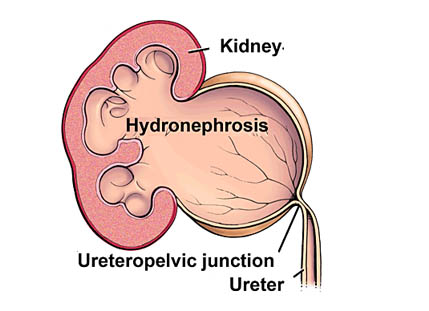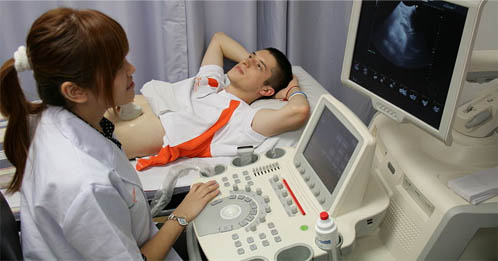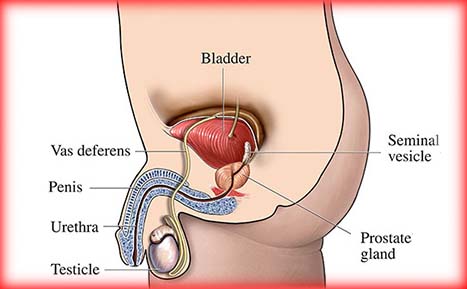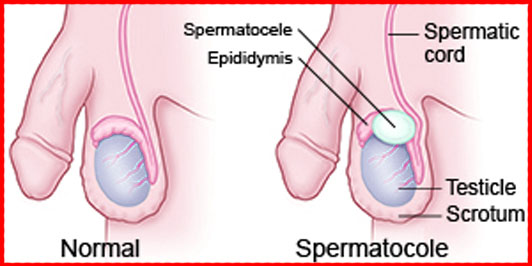The ureter is a thick-walled tube that transfers urine from the kidney to the bladder. It is approximately 10 inches long, with the upper half located in the abdomen and the lower half in the pelvic region. But what happens when the ureter becomes blocked? The information below should help you recognize this problem before it causes serious damage.

What is extrinsic obstruction of the ureter?
Extrinsic obstruction of the ureter is a condition caused by organs and diseases that press against the ureter and cause a blockage within the ureter. The resulting blockage affects the flow of urine out of the ureter and can eventually cause urine to build up, which can injure the kidney.
What causes extrinsic obstruction of the ureter?
Causes of extrinsic ureteral obstruction vary. Some of the causes are:
- vascular disease
- benign conditions of the female reproductive system, such as pregnancy, mass lesions of the uterus or ovary, Gartner’s duct cyst, endometriosis, uterine prolapse and intraoperative ureteral injury.
- diseases of the gastrointestinal tract, such as granulomatous disorders (Crohn’s disease of the bowel), inflammatory disease of the appendix, diverticulitis and pancreatic lesions
- diseases of the retroperitoneum
What are the symptoms of extrinsic obstruction of the ureter?
Frequently, the process is slow and causes no symptoms. However, if the obstruction is acute it will usually be accompanied by severe pain. Other symptoms may include fever, nausea, vomiting, difficulty urinating and bloody or cloudy urine.
How is extrinsic obstruction of the ureter diagnosed?
Extrinsic obstruction of the ureter is a common urologic problem for which the diagnosis may be difficult to establish. However, imaging studies are essential in establishing the diagnosis. Such studies include intravenous urography (IVP), ultrasonography, CT scans and MRIs. These studies will often define the presence and location of the obstruction and may be able to establish the cause of the blockage. Appropriate laboratory studies include urinalysis and serum studies to assess the degree of kidney function.

How is extrinsic obstruction of the ureter treated?
Treatment is often dependent on the nature of the obstruction. Initial efforts are to obtain drainage of the kidney(s) that is followed by more definitive approaches to resolve the underlying disorder. Drainage of the kidney can be accomplished by one of two ways: placement of a ureteral stent — a narrow, hollow plastic tube that runs between the kidney and bladder and holds the ureter open to allow drainage of urine — or by a procedure called a nephrostomy in which a catheter is placed, guided by X-ray imaging or ultrasound imaging, through the skin into the kidney to drain urine.
What can be expected after treatment for extrinsic obstruction of the ureter?
The outcome varies. Any kidney damage caused by the obstruction can be permanent. However, if the cause of the obstruction can be diagnosed and treated early, the damage may be temporary. If only one kidney is affected, the other kidney usually continues to function adequately and kidney failure does not occur.
Frequently asked question:
What are some of the risk factors associated with extrinsic obstruction of the ureter?
Risks may include stones and tumors in the surrounding areas.




So I bought some nutritional yeast today at my lo-ollycawned grocery store because they have it in their bulk section and I remember it being mentioned in some of the food Jennifer makes. Can anybody recommend some ways to use it? Also, what exactly is it good for?